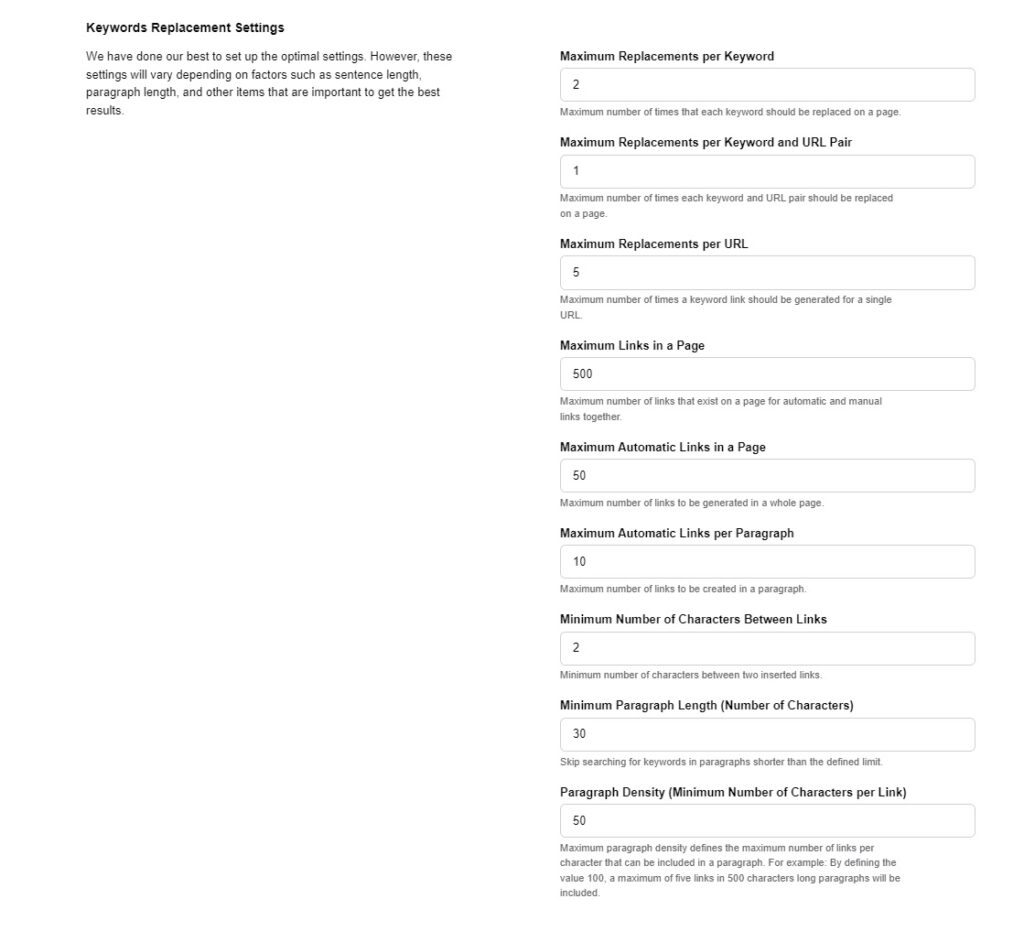keyword difficulty
Keyword difficulty measures how hard it is to rank for a specific keyword in search engines, helping SEO professionals plan and prioritize their strategies.
What is keyword difficulty?
Keyword difficulty, often abbreviated as KD, is a metric that SEO analysts utilize to understand how hard it would be to rank a website for a particular keyword. It’s an estimate of the competition level in organic search results. Keyword difficulty takes into account several factors including search volume, the number of referring domains to each result, and the domain’s general authority.
The concept of keyword difficulty is fluid, and different SEO tools may have slight variations in how they calculate it. However, the root concept remains the same; it gauges the toughness of outranking competitors for a keyword. The higher the keyword difficulty, the harder it would be to compete with existing web pages in the search result.
Researching keyword difficulty offers insights to SEO strategists, helping them to undertake competitive analysis, devise impactful strategies, and ultimately improve a website’s SEO performance. It’s this understanding that can help a website increase its search engine visibility, attract more organic traffic, and reach its target audience more effectively.
Why is keyword difficulty important?
Keyword difficulty is a cornerstone in the field of SEO. Its significance emerges from its ability to guide SEO and content marketing strategies effectively.
Firstly, keyword difficulty helps in strategic planning; by understanding how hard it is to rank for a certain keyword SEO professionals can decide whether to target that keyword or focus on less competitive keywords. Secondly, it aids in resource allocation. SEO, like any field of marketing, works with limited resources. Knowing keyword difficulty can help marketers efficiently allocate these resources for maximum returns. Finally, it is significant in competitive analysis. By studying how difficult a keyword is, analysts can gain insights into the competition, helping them devise a more effective SEO strategy.
Therefore, understanding and accurately interpreting the keyword difficulty could save time, resources, and could be the competitive edge your website needs.
Types of keyword difficulty
Keyword difficulty mainly falls into three categories, namely low, medium, and high-difficulty keywords.
Low-difficult keywords are those with fewer competitors in the search results. They are generally easier to rank for but might not have high search volumes. Medium-difficulty keywords represent a balance between the search volume and competition. There’s healthy competition for these keywords with a considerable search volume. Lastly, high-difficult keywords are the most competitive. These keywords would require extensive SEO strategies and a significant amount of time to rank for.
Each of these keyword types has its pros and cons, and a successful SEO strategy is about understanding and leveraging them effectively.
Examples of keyword difficulty
Example 1: “Flower Basket”
“Flower Basket” might be regarded as a low-difficult keyword. Though it has a decent search volume, the competition is relatively low, mostly from small local businesses. Therefore, with little effort, an e-commerce platform selling flower baskets can rank high for this keyword.
Example 2: “Freelance Graphic Designer”
“Freelance Graphic Designer” might be regarded as a medium-difficult keyword. It has a broad search volume, with numerous freelancers and agencies competing for the keyword. However, with concentrated effort and smart SEO practices, one might rank high for this keyword.
Example 3: “Digital Marketing”
The keyword “Digital Marketing” can be classed as a high-difficult keyword. Many reputable digital marketing companies have created content around this keyword; as such, it would require significant effort to rank high for this keyword.
Handy tips about keyword difficulty
Efficiently using keyword difficulty as a tool for your SEO strategy requires attention to some critical points.
Consider the keyword difficulty relative to your domain authority
Highly competitive keywords are tough to rank for especially if your website’s domain authority is relatively low. Try starting with low difficulty keywords then gradually move to more competitive ones as your domain authority improves.
Pair high volume keywords with low volume ones
High volume keywords might be challenging to rank for due to their high competition. To improve your SEO performance, pair these with relevant low volume, less competitive keywords.
Continuously monitor changes in keyword difficulty
The SEO landscape is continuously changing, and so is keyword difficulty. Regularly monitor changes in keyword difficulty and adjust your SEO strategy accordingly.
Conclusion
Keyword difficulty is a vital aspect of SEO, crucial for effective strategic planning, efficient resource allocation, and competitive analysis. However, understanding keyword difficulty isn’t just about knowing what it is. It’s about interpreting the data and utilizing the insights to effectively improve a website’s SEO performance.
Whether you’re dealing with low, medium, or high-difficulty keywords, success isn’t just about the difficulty level; it’s about effective strategies, smart practices, and continuous learning. Remember that the world of SEO is dynamic, and what works today might not work tomorrow. So, regularly observe the changes, adjust your strategies, and never stop learning.
Frequently asked questions
- What factors determine keyword difficulty?
Several factors determine keyword difficulty, including the number of referring domains to each result, domain authority of the ranking websites, keyword search volume, and the relevancy and commercial intent of the keyword. Different SEO tools may use different metrics to calculate it.
- How can I find the keyword difficulty?
You can find keyword difficulty using online SEO tools such as Ahrefs, Semrush, and MOZ. These tools provide a keyword difficulty index as part of their keyword research features, though their exact calculations may vary.
- Can I rank for high difficulty keywords?
Yes, it's possible to rank for high difficulty keywords, but it typically requires a strong SEO strategy, high-quality content, and a website with good domain authority. Focusing on less competitive keywords at first can help build up your authority over time.
Boost Your SEO with Smart Keyword Targeting
Discover how understanding keyword difficulty can help you craft an effective SEO strategy and improve your website’s search rankings.


